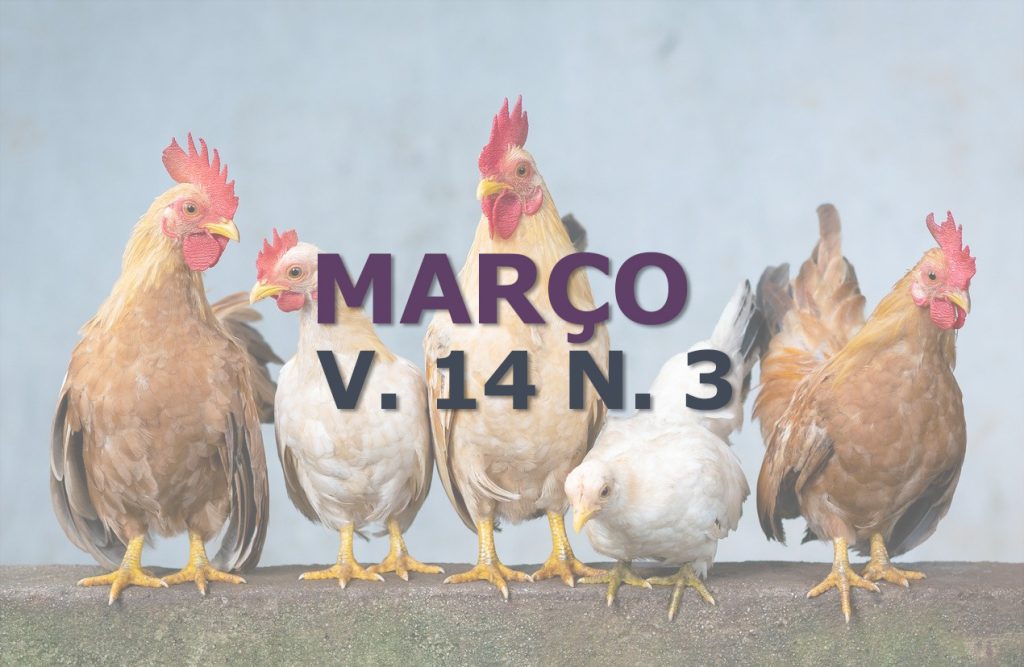From trash to luxury: Eco-entrepreneurship
DOI:
https://doi.org/10.31533/pubvet.v14n3a523.1-5Keywords:
entrepreneurship, garbage, environmental educationAbstract
Concerns have been increasing in recent years due to environmental factors due to the remarkable landscape and climate changes in the various environments. This article was developed to recycle solid waste in toys carried out with students from Alfa College in Arapiraca, where garbage collection was used at source segregation methodology, where the separation is performed at the source that generates the different types of recyclable materials present in the garbage. For the production of toys, it was used the research method on the internet. In the garbage produced at school were found percentages of the following materials: Metal – 8%, plastic – 30%, paper – 20%, organic – 11% and other – 26%. Plastics found in school were: packaging – 26%, bottles – 36%, straws – 3%, cd – 2%, caps – 4% and others – 29%. The papers: 61% - sheets and 39% - boxes. Metals: cans – 88% and seals – 12%. The work shows the school community that the waste when properly selected can bring income and cost reduction in its collection and reduce the environmental impact. Thus, this work contributed to reducing the amount of garbage produced in the school and gave it the right destination, in addition to producing playful and educational toys to improve the quality of school play and classes.
Downloads
Published
Issue
Section
License
Copyright (c) 2020 Lyara Suzhanny de Oliveira Santos, Carlos Miguel Azarias dos Santos, Janaína de Omena Santos, Josefa Eleusa da Rocha

This work is licensed under a Creative Commons Attribution 4.0 International License.
Você tem o direito de:
Compartilhar — copiar e redistribuir o material em qualquer suporte ou formato
Adaptar — remixar, transformar, e criar a partir do material para qualquer fim, mesmo que comercial.
O licenciante não pode revogar estes direitos desde que você respeite os termos da licença. De acordo com os termos seguintes:
Atribuição
— Você deve dar o crédito apropriado, prover um link para a licença e indicar se mudanças foram feitas. Você deve fazê-lo em qualquer circunstância razoável, mas de nenhuma maneira que sugira que o licenciante apoia você ou o seu uso. Sem restrições adicionais
— Você não pode aplicar termos jurídicos ou medidas de caráter tecnológico que restrinjam legalmente outros de fazerem algo que a licença permita.





